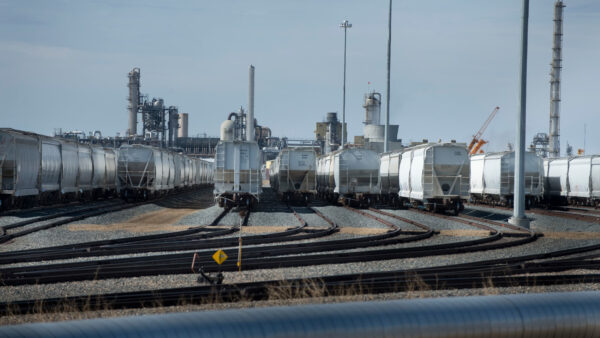The engineering firm that designed a pedestrian bridge which collapsed in Miami last year, killing six people, has been heavily criticised by the US Department of Labor’s Occupational Safety and Health Administration (OSHA) for failing to recognise the danger of “numerous wide and deep structural cracks” appearing in the bridge’s concrete truss in the days before the tragedy.
In its report this week, OSHA said FIGG Bridge Engineers, who provided structural design and was the Engineer of Record (EOR) on the project, should have immediately shored up the structure and closed the busy street when it inspected the bridge hours before the collapse. Instead, in a meeting that morning, FIGG told the project team that the cracks were not dangerous.
OSHA said structural design deficiencies contributed to the collapse during construction stage III, and that the cracks on the bridge occurred due to deficient structural design.
FIGG has rejected OSHA’s conclusions, calling the report “factually inaccurate and incomplete”. It is participating in another investigation into the collapse being carried out by the National Transportation Safety Board (NTSB), and told GCR, “at the appropriate time the facts and the truth will be released to the public”.
Six people died on 15 March last year when the 174-foot, 950-ton section of the pedestrian bridge, installed only five days earlier at Florida International University (FIU), collapsed onto cars driving on the eight-lane street below.
As well as FIGG, other companies are criticised in the OSHA report.
The design-build contractor Munilla Construction Management (MCM) knew, said OSHA, that the cracks were getting larger and said so on 12 and 14 March, but did not challenge FIGG’s assertion on 13 March that they had not grown. MCM should have exercised its judgement and closed the street, OSHA said.
“MCM’s deference to EOR … and failure to exercise their own independent judgment with regard to implementing necessary safety measures were unreasonable,” the report said.
OSHA also blames Bolton Perez and Associates (BPA), retained by FIU as independent construction engineering and inspection (CEI) agent, for failing also to recognise the danger posed by the cracks.
“With intimate knowledge of extensive cracking on the bridge, BPA failed to recognise that the bridge was in danger of collapsing, and did not recommend to FIU, MCM or others to close the street and shore the bridge, regardless of the opinion held by the EOR,” the report said.
In a statement emailed to GCR, FIGG rejected OSHA’s conclusions.
“The OSHA FIU Pedestrian Bridge report is factually inaccurate and incomplete, and includes errors and flawed analyses,” FIGG said.
“It does not include an evaluation of many important factors pertinent to the construction process leading up to the accident.
“Additionally, it has not been reviewed by any other entities involved in the accident investigation. FIGG disagrees with the conclusions in the OSHA report. At this juncture, as a party member to the NTSB process, we are not able to elaborate further, but at the appropriate time the facts and the truth will be released to the public.”
Image: The bridge immediately after the collapse (OSHA)
Further reading:
Comments
Comments are closed.











very sad
Sounds like the classic ‘Everybody, Anybody, Somebody and Nobody’ Everybody saw (and reviewed) the cracking, Anybody could have called a halt, Somebody certainly should have, but Nobody did. The bridge failed and people died. Lets hope the final analysis will be instructive.
Sounds LIKE all the financial experts trained in The Empires financial maneuvering to declare ” What cracks – the economy is sound and good for the next thousand years!” (I believe that system was a private D&B project also).